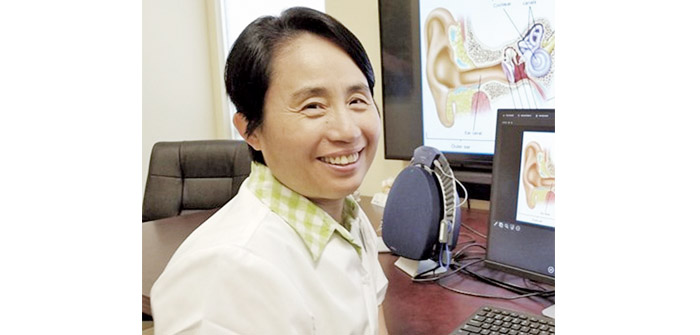What is Noise-Induced Hearing Loss?
Noise induced hearing loss (NIHL) is irreversible hearing damage resulting from continuous exposure to high levels of noise. NIHL affects an estimated ten to 15 million people in the United States, making excessive noise exposure the most common cause of hearing loss.
What Causes NIHL?
NIHL can be caused by a sudden intense sound, like an explosion, rifle shot, or firecracker or by continuous exposure to loud sounds over an extended period. Repeated exposure to sound levels greater than 85 dBA can damage the extremely sensitive hair cells in the cochlea of the inner ear, and also the nerve fibers that relay sound to the brain for processing.
What Are the Symptoms of NIHL?
Symptoms of NIHL increase gradually. Over time, sounds may seem distorted or muffled, and it may become increasingly difficult to understand speech. Someone with NIHL may not be aware of their hearing loss, but a hearing test can divulge the problem and promote early treatment.
Who is Affected by NIHL?
People of all ages can develop NIHL. More than thirty million Americans are exposed to hazardous sounds on a regular basis. About one third of the 28 million Americans with hearing loss likely developed NIHL from noise at work or leisure activities. Noise is one of the most common occupational health hazards, and NIHL is the main concern in industrial, manufacturing, entertainment and farming environments.
How Does NIHL Progress Over Time?
NIHL is a hearing disorder characterized by gradual, progressive high frequency hearing loss, due to harmful noise exposure. In fact, it could happen so slowly that you might not notice it, or you might deny the symptoms until it is too late. NIHL is permanent.
How Does Sound Cause NIHL?
NIHL is related to both noise intensity and the duration of exposure. Louder sounds can cause damage with shorter exposures. Why? Because a ten dBA increase in sound level causes a ten-fold increase in sound intensity.
Consider this: An MP3 volume of 115 dBA is about 1,000 times more intense than a vacuum cleaner volume of 85 dB, and a Rock concert can produce sounds (120 dB) that are 100 times more intense than a lawnmower (100 dB).
The Developing Teen Epidemic of NIHL
The earbud generation loves music, but many love their music too loud, and that presents a threat to their long-term hearing. Why? Because MP3 players and earbuds can deliver very high sound volumes directly to their ears. The World Health Organization says 1.1 billion young people are risking permanent hearing loss from earbuds.
Personal Music Player (PMP) volumes generally range from 80-115 dBA, but some players can achieve a maximum volume of 120 dBA. The threat of hearing loss from listening to music at such levels is extremely high, and the time to hearing damage is very brief.
Who is at Risk?
Studies show that twenty percent of American teens already have permanent hearing loss from listening too often to music at high volumes for prolonged periods. These teens are also at risk of developing chronic tinnitus after five years of listening abuse.
Is There a Safe Volume?
Hearing experts often quote the “60/60” rule: Keep the volume on the MP3 player under sixty percent and only listen for a maximum of sixty minutes a day.
Dr. Li-Korotky has AuD & PhD credentials. She is Board Certified in Audiology and a Gold-level member of the American Tinnitus Association. The Doctor is an accomplished scientist with more than 100 publications, and more than 25 years of research and clinical experience. Dr. Li is the CEO and Chief Audiologist of Pacific Northwest Audiology, 2205 NW Shevlin Park Rd., Bend





